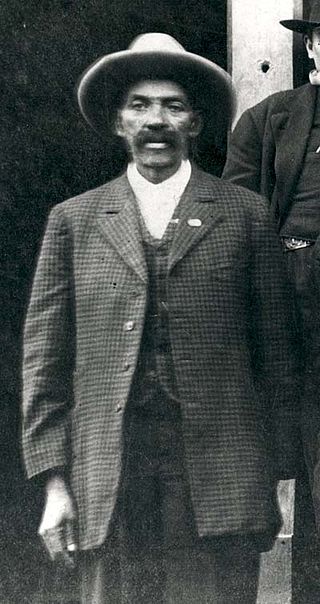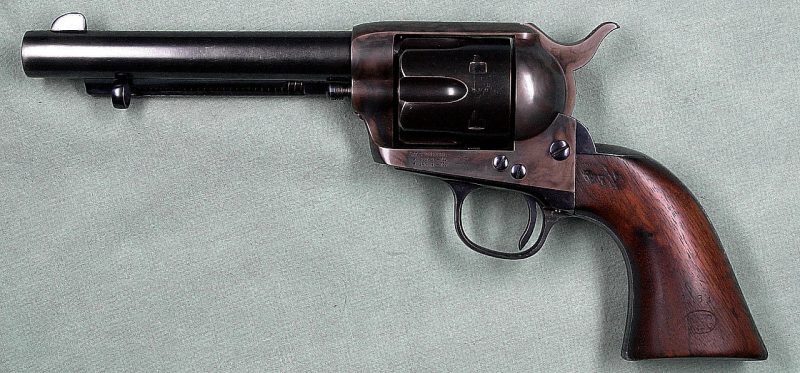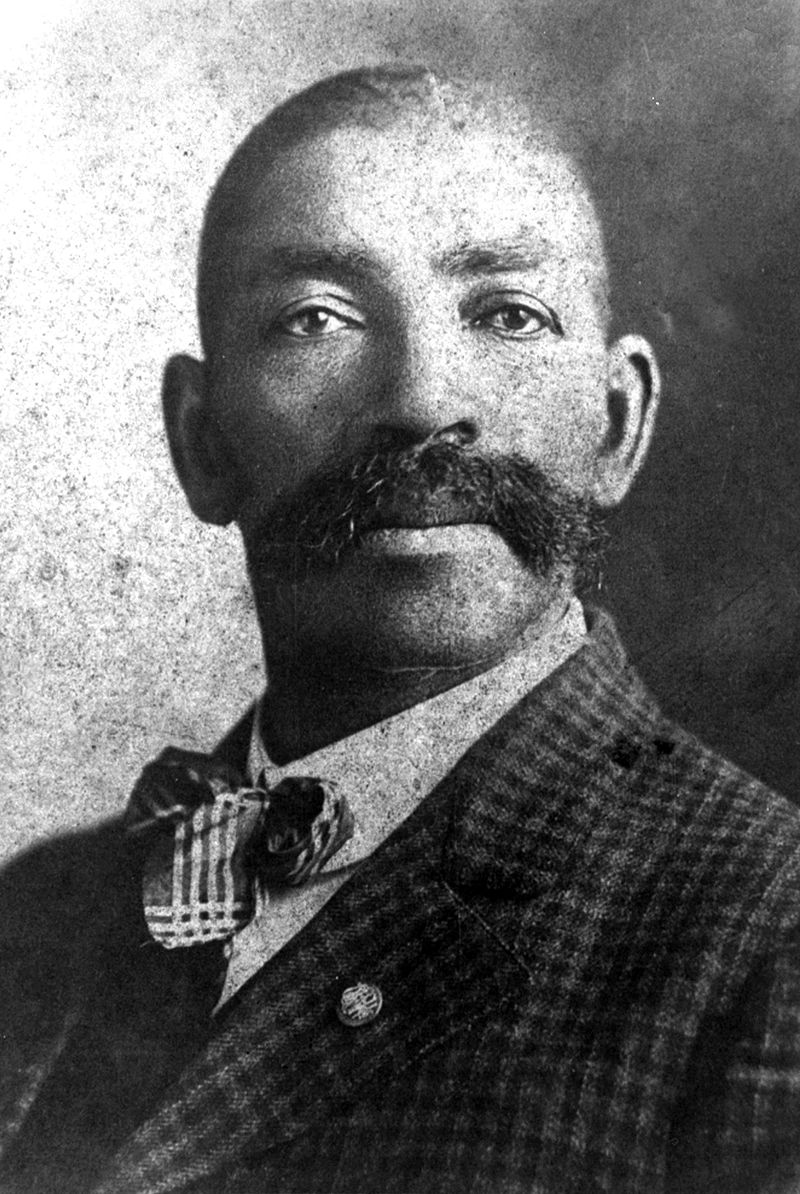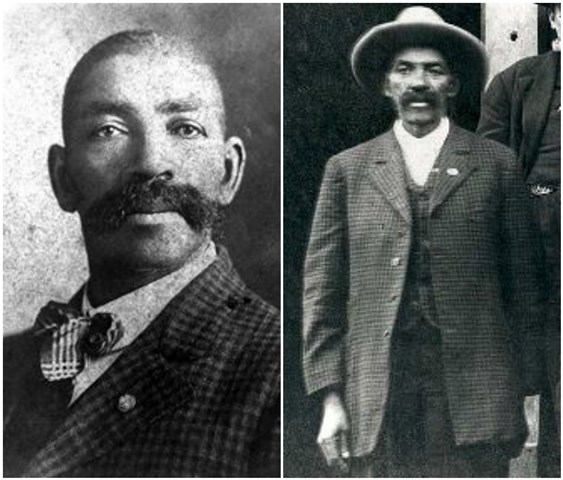Bass Reeves was born in 1838 in Crawford County, Arkansas. He and his family were slaves of Arkansas state legislator William Steele Reeves. Bass took the surname of his owner, like other slaves of the time. Made to work alongside his parents, Bass started out as a water boy until he was old enough to become a field hand.
The water boy later becomes a Deputy U.S. Marshal. Bass Reeves arrested 3,000 felons, killed 14 men, and was never shot himself. Among those he captured was Bob Dozier, a murderer and cattle and horse thief who eluded Reeves for several years before being tracked down and killed after refusing to surrender. He also hunted famed outlaw Tom Story for five years between 1884 and 1889, finally killing him in a gunfight.

When the Civil War broke out, Texas sided with the Confederacy and George Reeves (William Reeves’s son) went into battle, taking Bass with him. He parted company with George and moved to Indian Territory, where he took refuge with the Seminole and Creek Indians. It was here that he learned to ride, track, shoot, and speak five Native American languages fluently — all skills that would serve him well.
Shortly Bass become a shooting expert; he was alleged to have incredible accuracy shoot with either hand. Reeves stood 6’2 in a time when men were much shorter, and he had very broad shoulders and large hands. He was a giant among men.
On May 10, 1875, because of his knowledge of the area and fluency in the Creek and Seminole languages, Reeves was recruited to work as a Deputy U.S. Marshal in the Indian Territory. Reeves was likely the first African-American commissioned as a Deputy U.S. Marshal west of the Mississippi.
Indian Territory was the most dangerous place for a U.S. Marshal to work. In the period before Oklahoma achieved statehood, over one hundred marshals were killed in the line of duty. Reeves had a reputation throughout the territory for his ability to catch outlaws that other deputies couldn’t. He was known to work in disguise to get information and ensure the arrest of fugitives he wanted to capture. Reeves was known as shooting expert with his 45-caliber Colt Peacemaker.

He cut an imposing figure as he patrolled the 75,000 square miles of Indian Territory. He quickly gained a reputation as a tough and fearless lawman who managed to bring in outlaws thought to be invincible. Reeves traveled the long circuit with a wagon, cook, and often a posse. He carried chains to secure prisoners to the cart, as he sometimes had a dozen or more by the time he returned to Ft. Smith, where Judge Parker held court.
Although he arrested more than 3,000 felons, he was never harmed by gunfire. On one occasion he claimed to have brought in nineteen horse thieves, he captured near Fort Sill, Oklahoma. One famous outlaw, the notorious Belle Starr, allegedly turned herself in at Fort Smith, Arkansas when she heard that Reeves had the warrant for her arrest. He also captured Seminole outlaw Greenleaf, wanted for the murder of seven people and eluding capture for more than eighteen years.

Bass Reeves was noted for his evenhandedness, honesty, and integrity. He tracked down and arrested his own son after a two-week manhunt. His son wanted for the murder of his wife, was tried and convicted but later given a full pardon. Reeves also arrested his church minister for selling illegal alcohol.
Bass Reeves ended his incredible career as US Deputy Marshal after more than 35 years in service. He earned his place in history by being one of the most effective lawmen in Indian Territory. He died on January 10, 1910, in Muskogee, Oklahoma.
